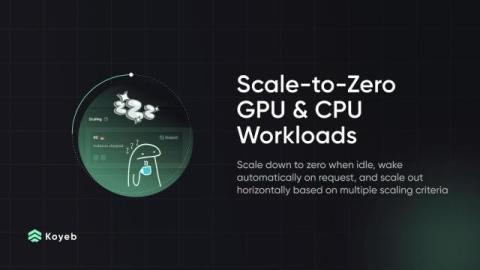State of Node.js Performance 2024
The year is 2024 (yet), and Node.js has reached version 23, with two semver-majors released per year it might be difficult to keep track of all areas of Node.js. This article revisits the State of Node.js performance, with a focus on comparing versions 20 through 22. The goal is to provide a detailed analysis of how the platform has evolved over the past year. This is a second version of "The State of Node.js Performance" series.











